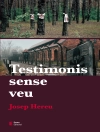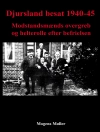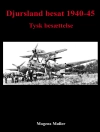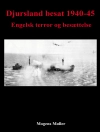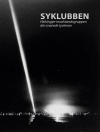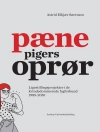This transnational, interdisciplinary study argues for the use of comics as a primary source. In recuperating currently unknown or neglected strips the authors demonstrate that these examples, produced during the World Wars, act as an important cultural record, providing, amongst other information, a barometer for contemporary popular thinking.
Tabla de materias
Foreword; Kent Worcester
1. Introduction
2. A Proposed Theory and Method for the Incorporation of Comic Books as Primary Sources
3. Haselden as Pioneer: Reflecting or Constructing Home Front Opinion?
4. Proto Comics as Trench Record: Anti-Heroism, Disparagement Humour and Citizens’ Journalism
5. The Rise and Fall of the World War One Gullible Worker as a Counter Culture
6. Adjusting to Total War: US Propaganda, Commerce and Audience
7. The Cultural Construction of Women: Pin-Ups, Proactive Women and Representation in Combat
8. Collective Culture as Dynamic Record: The Daily Worker 1940-43
9. Conclusion
Sobre el autor
Jane Chapman is Professor of Communications at Lincoln University, UK, Research Associate at Wolfson College, Cambridge, UK and the author of ten books. She is Principal Investigator for the Arts and Humanities Council’s Comics and the World Wars: A Cultural Record project, for which Anna Hoyles, Andrew Kerr and Adam Sherif are researchers, and is an AHRC grant holder for two other projects on World War One.
Anna Hoyles is Research Assistant at the University of Lincoln, UK where she is also currently writing her Ph D on the literary journalism of the Swedish writer and labour activist Moa Martinson.
Andrew Kerr is Research Assistant at the University of Lincoln, UK attached to the Every Day Lives In War AHRC funded World War One Engagement Centre.
Adam Sherif is Researcher at the University of Lincoln, UK and is also co-authoring
Comics, the Holocaust and Hiroshima with Jane Chapman and Dan Ellin.


